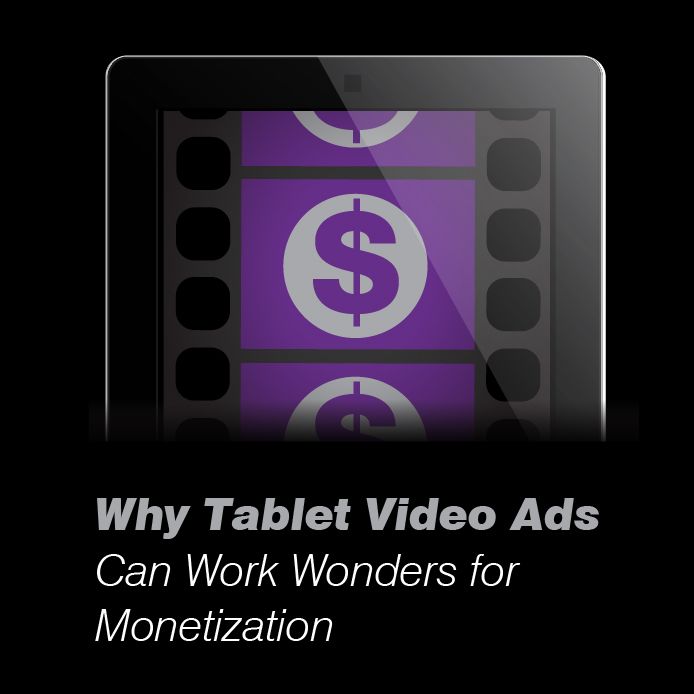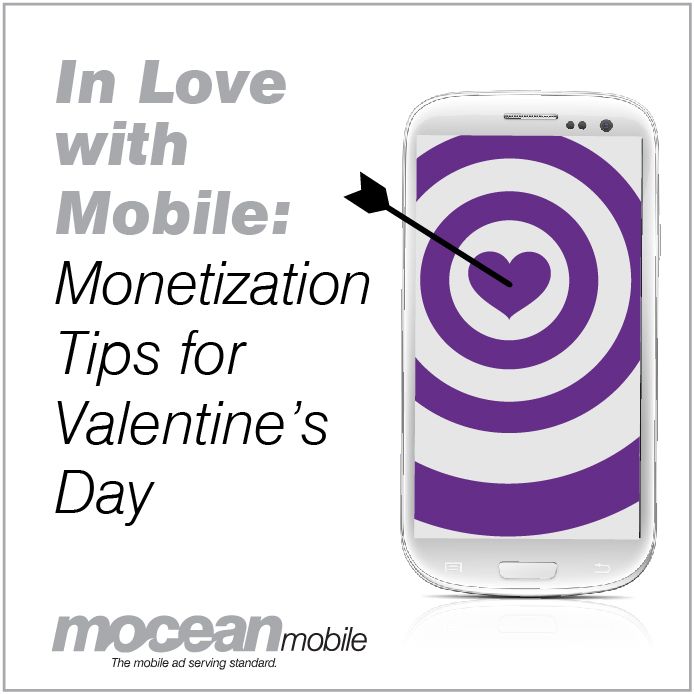By Amy Vale
If tablet adoption continues at the rate it’s currently at, tabletswill overtake PCs by the first quarter of 2013. It’s no wonder eMarketer
estimates that by 2015, over half of Internet users will be logging on via their
tablet devices. With tablets gaining more and more market share, now is the
time to look at your tablet monetization strategy and get the most out of the
increasingly popular device.
A key factor in monetizing your tablet ad inventory is understanding
(and applying) how it is different from its smartphone counterpart. The OnlinePublishers Association released a study that tablet owners are more likely
to interact positively with ads, and the more a consumer used their tablet, the
more likely they were to make a purchase through an ad. To take advantage of
tablet users’ greater willingness to interact with mobile ads, publishers need
to ask themselves a few critical questions. What device types and platforms are
driving the highest traffic and click through rates? Are banner ads or mobile
video accounting for the bulk of your mobile clicks? In fact, ComScore found
that tablets have quickly reached critical mass in the U.S. The report
indicates that tablet users were nearly three times more likely to watch video
on their device compared to smartphone users, with one in every 10 tablet users
viewing video content almost daily on their device.
Here are a few ways publishers and app developers can
benefit from tablet video ads.
Video is a natural fit for tablet news and
entertainment
With larger screens than their smartphone counterparts,
tablets are becoming the tool for mobile entertainment. According to the InteractiveAdvertising Bureau, nearly 70 percent of
respondents felt their tablets were their primary source for entertainment and
media consumption. Just look at many of the news publishers out there,
including Conde Nast and The Economist. Because the nature of reading news,
watching TV/films, or listening to music is wholly interactive in nature, it
goes without saying that serving ‘TV-like ad experiences’ will benefit tablet
publishers and app developers. The more rich and immersive the video ad
experience is, the more likely consumers are to click on the ads.
Video ads can propel
mcommerce
There’s been a lot of talk about the imminent death of
retail stores, led in part by mobile’s explosive growth worldwide. But what a
lot of retailers don’t realize is that it doesn’t have to be an either/or
mentality. We already know that people use their tablet devices to research (or
“showroom”) for cool new products, better prices and nearby locations; they’re
also using them to complete their purchases. Mobile video, in particular, can
have a real impact on shopping. According to a recent report from Nielsen,
ads displayed on smartphones and tablets yielded 79 percent general recall, 48
percent message recall, 24 percent ad favorability and 15 percent purchase
intent. These figures were much higher than the impact of online and TV ads
overall. Clearly, the opportunity to monetize video ads is one that tablet
publishers and app developers cannot afford to ignore.




